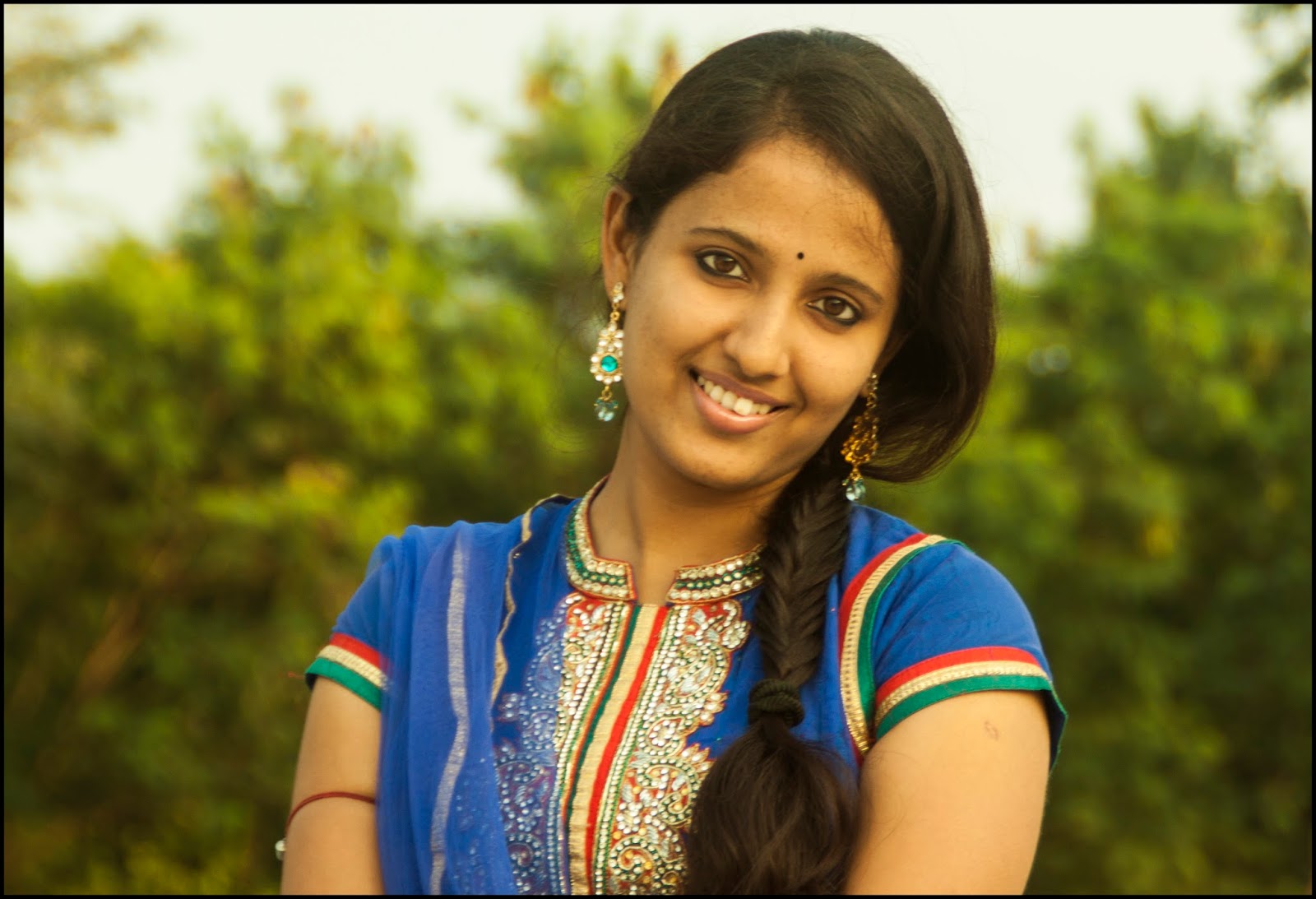Article BN_Kiranmayee_Oct16 BN_Rhythm_Karvai_Aug17 CrossCultureInfluence_May16 Donate_To_Dancers_May17 Kolkata_Classical_May16 Kuchipudi_Challenge_Aug18 Lakshmi_Swaminathan-Mar16 Making_Of_Manjari_Oct17 Nirmala_Paniker_2016 Odissi_Dancers_Films Poem_Dance_Pic_Vidhya_0718 Rahul_Photoshoot_Mar16 Rasa_Classical_Dance_Aug17 Sarvani_Margazhi_Jan18 Shandilya_Interview_Jan17 Sindhu_MargaNatya_Mar17 SK_Rajaratnam_Shoba_0718 Tribute_DrJayalalithaa_16 Tributes_DrBMK_Nov2016 YuvaBharati_A_Decade |
Cross-Cultural Influence on the Kinesics of Indian Dance
Cross-Cultural Influence on the Kinesics of Indian Dance
Fine Arts in India were an integral part of life of the common man. Despite having had great patronage from kings and having had a great taste in the people for arts, ‘Art’ in India especially dance was weaved around with many misconceptions, suppressions and an inferior outlook. But after the Independence, Indian arts became the identity of national heritage. In order to showcase the greatness of India to the world especially to the West, Western ideologies like ‘Classicism’, ‘Refinement’, were taken to set the standards. Moreover there were endeavours to find the essence of spirituality in dance. At this juncture of time, the entry of woman, woman of upper class in particular into dance brought a lot of difference to the form. They worked in bringing respect to the Indian Dance. The Christianized ideology during the colonial rule didn’t appreciate the sensuality in Indian Dance especially in the dance of Devadasis1. Hence the sensual body language was deliberately eliminated. Almost all the art forms transformed themselves to suit the contemporary aspirations. Cross cultural influences here refers to both the western influence on Indian Dance and also the influences of one form on the other among the native forms and the gender reflections. In order to discuss the influences and transformations, we ought to understand the existing kinesics of the forms before independence. The kinesics in dance always suited and reflected the then current social norms of the body language. The body language of the people has the influence of different cultures on them. For instance if we take Sadir attam2 into account, the body language of the devadasis was inward, soft, immersing into themselves epitomizing a dancer dancing for herself or for the god. This reflects the body language of the then women who were into themselves, shy, who never popped out their chest and walked and who always covered their shoulders (and face in Northern parts of India) with the sarees. Even in the male oriented art forms like Kuchipudi, the men donned as women, reflected only the introvert body language of the then women but not the inherent masculine personality. In the male dominant society, women are expected to avert their eyes in the presence of men, or walk a few steps behind him. These are reflected in the dances too like the heroine feeling shy in the presence of her husband, hiding her face with hands etc. The culture of the west gradually influenced the Indian society. The ideologies like ‘women and men are equal’ and ‘education to women’ made their body language more confident and fearless. It was not a sudden transformation. Though there is Angikabhinaya in Indian Dance, the principle behind the communication of Rasa or the emotion is that it arises from Sattva (or the heart) and is communicated through your face, the Western philosophy of expressing the emotion with your body started influencing the manifestation of Rasa in Indian dance forms. In terms of space, Indian art forms moved from temples and private spaces to proscenium stage (Roman Origin). This would also have been the other reason for the emphasis on an extended body language. Hence people started revisiting the roots of their forms and also grabbed good points from other forms in order to give the mood of the character not just to the face of the dancer but to the body and bodily movements of the dancer too. This is another aspect of Cross Cultural influence of the forms like the forms within the country started influencing each other. While Odissi formulated its form with the background of Gotipua3, Odissi and Bharatnatyam influenced Kuchipudi, Bharatnatyam drew some elements from Kathakali and the male dancers were trained in Kalaripayattu4. Another influence of the west on us is the subtlety and refinement of the expressions. The abhinaya of today’s dancer is far different from the dancer of the earlier days. The following illustration gives an authentic idea of Late Smt. Rukmini Devi Arundale on body and Bharatnatyam. “Rukmini Devi’s intent was not to change the basis of the style. She was overwhelmed in fact by the beauty of it. But she was exposed to the body technique of Western ballet and had an instinctive reaction to movements that seemed cramped or contained. She understood the use of body and perceived the possibilities within the existing framework. ”5 In this way, though the principle technique of the form is the same, the body dynamics of every form expanded, the idea of understanding the inner and outer space emerged. Today, the dancers are not confined just to their own form, but started learning other forms for a better understanding of their own form. But some veterans opine that too much subtlety and refinement is leading to the loss of the very essence of Indian art i.e. the Dramatic Element. Many dancers in the name of cross cultural influence, are changing the technique of their own form. Very few dancers are preserving their own forms’ technique and welcoming the positive aspects of cross cultural influence on the forms. This kind of practices becomes productive only when the gap between the tradition and innovation is filled properly with an open mind in the dancers to preserve the legacy and at the same time, to add value to it with their endeavours. Author: Lalitha Sindhuri is a Kuchipudi Dancer who comes from a traditional family of Kuchipudi artists. She is the great granddaughter of Late Sri Vempati Venkata Narayana. She is the student of Sri Vedantam Satya Narasimha Sastry.
******* Credits & Keywords- Lalitha Sindhuri, Paper Presentation, Article, Cross Culture Influence, Kinesics, Kuchipudi, Classical Dance Do Not Copy, Copyrights Acknowledged, PriyaLasya, Hamara, (C), MY16-23-1 |


